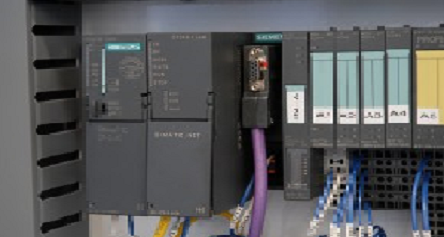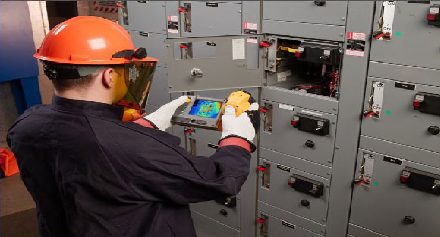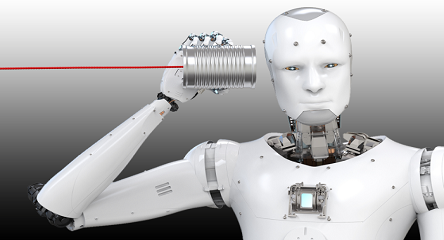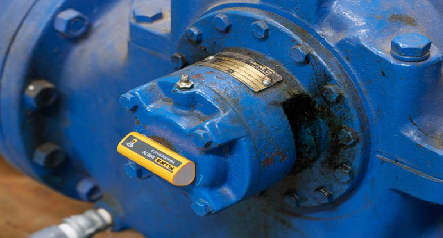Two Minute Tips
Plant Criticality Matrix
A rotary equipment does not always behave in the same way. There are times when it needs more attention than regular basis. Sometimes you might even skip monitoring an equipment which was being critically monitored last week. In a petrochemical industry some equipment are grade specific & are operated when that particular grade is being produced in the plant. In the assembly shop of an automobile industry, Assembly line conveyor for Car X is running, at year end or some festive season the demand for Car X is very high, the line conveyor becomes super critical. In a cement industry the preheater fan becomes more critical when you know there is deposition on it but you can’t stop the Kiln for the impeller cleaning. You identified a pump with a bad bearing but in incipient stage, now that pump becomes critical and the pump needs to be monitored more frequently as you are trending the damage. Another very small pump might be affecting environment if failed. There are so many such cases which tells us that the criticality of an equipment does not remain same always. If criticality changes your condition monitoring schedule also changes. So criticality matrix & condition monitoring schedule must be reviewed after certain period.
On what factors an equipment should be checked to be ranked in criticality matrix.
1. How critical is the equipment for process? Whether the failure of it stops the plant completely like process gas compressors, or a gas turbine or the failure of kiln main drive or the Assembly shop conveyor in Automobile industry.
2. How critical is the equipment for the environment? Whether the failure of it affects the environment. Keep it under critical observation.
3. How costly are the spares & what is the lead time for them? The equipment might not be critical for the process but it could be costly to fix it, if it fails.
4. Impact on Safety. Your equipment could be running for limited hours but if the failure makes the surroundings unsafe to work, it is a critical equipment.
5. Failure history. If there is a past history of frequent failures of the equipment you need to pay more attention to the current one running.
6. Government regulations. There might be some local or international regulations to be followed. Categorize the equipment keeping them in mind.
How many criticality categories are optimum?
Generally, there should be at least 3 categories of criticality under which an equipment can be classified into. But if required you can add another one depending upon the type of industry.
1. Supercritical – Equipment which needs daily monitoring, normally these machines are installed with online monitoring systems, e.g. process gas compressors
2. Critical – Equipment which may be single line or have a standby to them & can be monitored weekly once, they may or may not have an online vibration system installed on them, e.g. Boiler FD fans, coal crusher, Critical pumps etc.
3. Semi critical – Equipment that have standby to them & can be easily changed over in running plant, they can be monitored bi-weekly, e.g. Transfer pumps, Bag filter fans, Pit pumps etc.
4. Essential – Equipment that can be monitored once a month like the pit pumps, rain water transfer pumps, Exhaust blowers etc.
After how much time you should review the criticality Matrix
1. You should set a fixed period to review your criticality matrix e.g. after every 1 year or every 6 months.
2. After major maintenance activities like TAM / Shutdown.
3. After change in government regulations review your asset criticality matrix.
4. If there is a change in the process. Like addition, deletion or modification. 5. If there have been some frequent failures in an equipment.






